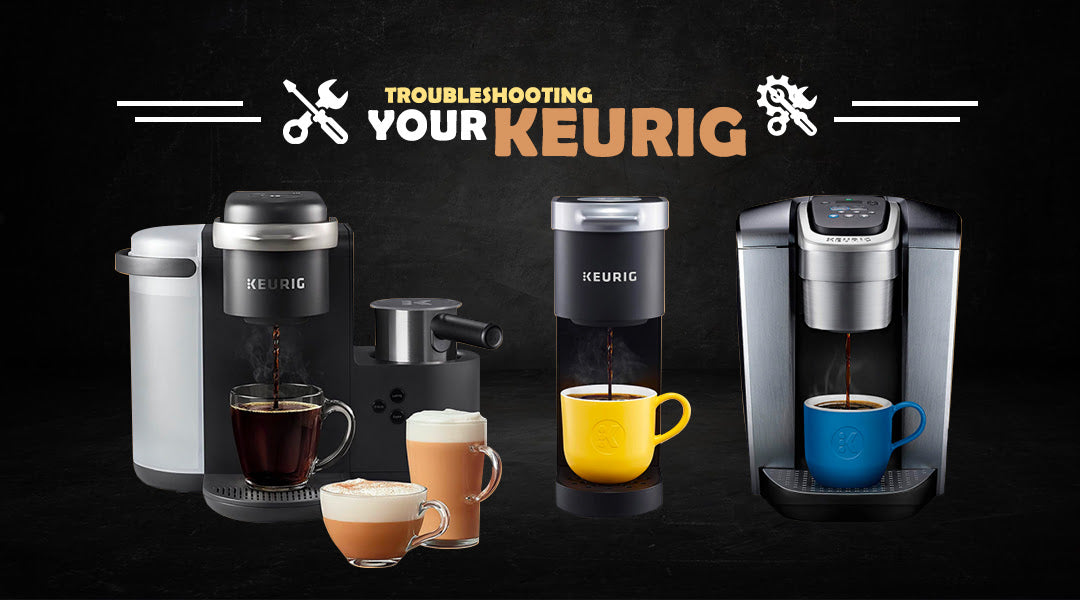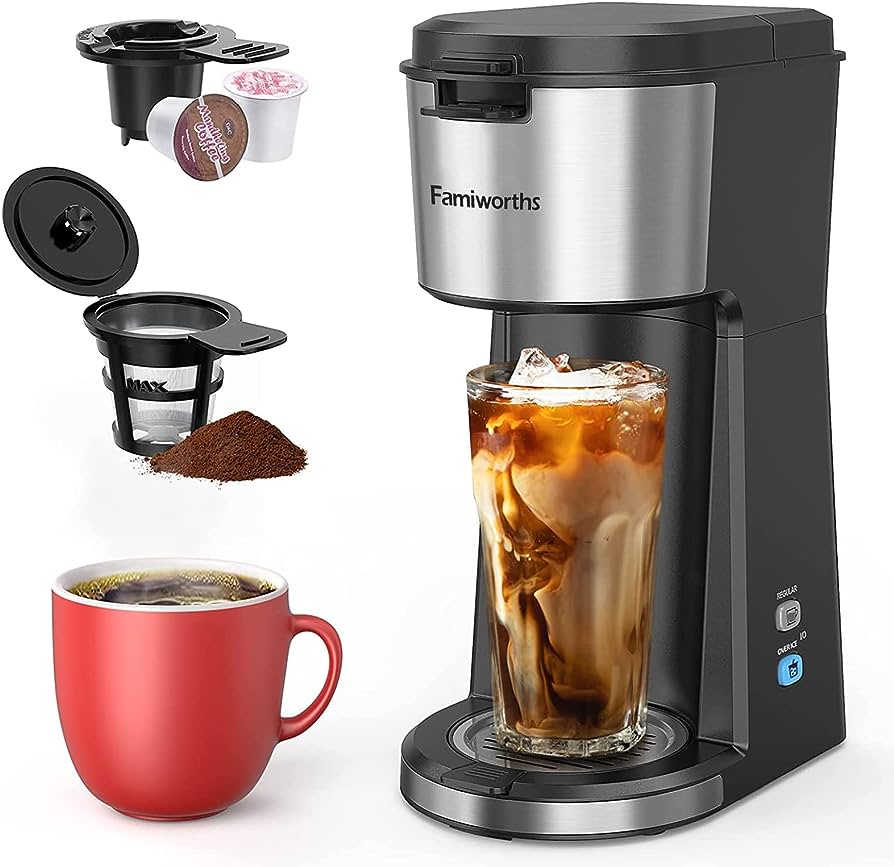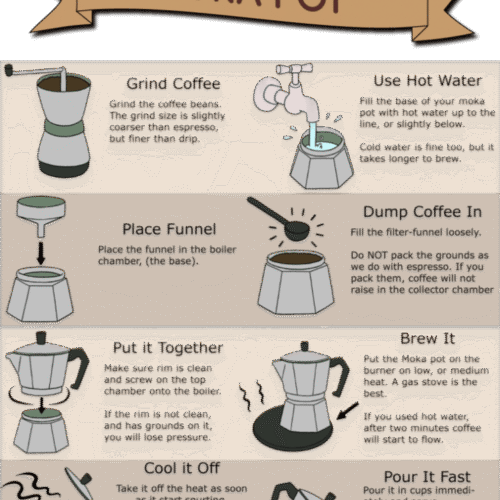If your Keurig stopped working after descaling, it’s likely due to air bubbles trapped in the system. Try running a few more water cycles to clear the air and restart the machine to resolve the issue.
Descaling your Keurig is an essential maintenance step to keep it running smoothly, but it can occasionally cause problems if not done properly. Here are a few troubleshooting tips to help you get your Keurig up and running again after descaling.
First, try running multiple water cycles to flush out any remaining descaling solution and clear any air bubbles that may be causing the issue. If that doesn’t work, check the water reservoir and ensure it is filled correctly, as low water levels can also lead to operational issues. Additionally, inspect the needle that punctures the K-cup, as it may be clogged with descaling solution residue. Cleaning the needle with a paper clip or a small brush could resolve the problem. If these steps don’t solve the issue, consider contacting Keurig customer support for further assistance.
Understanding The Impact Of Descaling
The proper maintenance and care of your Keurig is vital to ensure optimal performance, and one crucial aspect of this is descaling. Understanding the impact of descaling on your Keurig is essential to maintaining its functionality and longevity.
Effects Of Descaling On Keurig Performance
Descaling plays a significant role in maintaining the performance of your Keurig. Over time, mineral deposits, such as calcium and lime, can build up inside the machine, affecting water flow, heating elements, and ultimately, the overall functionality. Proper descaling ensures the removal of these deposits, maintaining the efficiency and consistency of your machine’s performance.
Importance Of Proper Descaling
Proper descaling is crucial to the longevity and effectiveness of your Keurig. Neglecting this essential maintenance task can lead to clogging of internal components, reduced water flow, and potential damage to the heating elements. Additionally, failure to descale your Keurig can result in the deterioration of coffee quality and inconsistent brewing due to mineral buildup.
Regular and systematic descaling not only helps maintain the performance of your Keurig but also extends its lifespan, ensuring that you can continue to enjoy high-quality coffee with every brew.
Keurig Not Brewing After Descaling
If your Keurig isn’t brewing after descaling, it can be frustrating and inconvenient. You followed all the recommended steps, but now your Keurig seems to be giving you more trouble than before. Don’t worry; there are some common reasons for brewing issues after descaling, and I’m here to help you troubleshoot and resolve the problem!
Possible Causes Of Brewing Issues
Before diving into the troubleshooting steps, let’s explore some potential reasons why your Keurig may not be brewing after descaling:
- Clogged Needle: Over time, the needle that punctures the K-Cup may become clogged with coffee grounds or mineral deposits, hindering the brewing process.
- Incomplete Descaling: If the descaling process wasn’t performed thoroughly, some mineral buildup may still be present, affecting the machine’s performance.
- Air Pocket: Air pockets can form in the water lines during descaling, preventing proper water flow and brewing.
Tips For Resolving Brewing Problems
Now that we’ve identified potential causes, here are some tips to help you resolve the brewing problems with your Keurig:
- Unclog the Needle: Carefully clean the needle with a paperclip or the Keurig maintenance accessory to remove any obstructions.
- Repeat Descaling: If you suspect incomplete descaling, run another descaling cycle to ensure all mineral deposits are removed.
- Burp the Keurig: To release any trapped air, lift and close the handle without inserting a K-Cup, then lower the handle and perform a water-only brew cycle.
Keurig Not Dispensing Water After Descaling
Has your Keurig stopped dispensing water after descaling, leaving you frustrated and without your morning cup of coffee? Don’t worry, you’re not alone. This common issue can be caused by a few different factors, but with the right troubleshooting, you can have your Keurig up and running again in no time.
Reasons For Water Dispensing Problems
There are several reasons why your Keurig might not be dispensing water after descaling:
- Clogged Needle: The needle that pierces the K-Cup might be clogged with coffee grounds or scale buildup, preventing water from flowing through.
- Improper Descaling: If the descaling process wasn’t performed correctly, residual descaling solution or mineral deposits could be blocking the water flow.
- Pump Malfunction: A malfunctioning pump can also cause water dispensing issues. If the pump is not working properly, the water won’t be able to move through the machine.
Solutions For Water Dispensing Malfunctions
Here are some solutions to troubleshoot and fix your Keurig’s water dispensing problem:
- Clean the Needle: Use a paperclip or a needle cleaning tool to clear any clogs from the needle that punctures the K-Cup.
- Repeat Descaling: If the descaling process wasn’t successful, repeat the descaling process to ensure mineral deposits or descaling solution residue are completely removed.
- Check the Pump: If the pump is not functioning, it may need to be replaced. Contact Keurig customer support for further assistance.

Credit: lifeboostcoffee.com
Frequently Asked Questions For I Descaled My Keurig And Now It Doesn’t Work
Why Is My Keurig Not Working After Descaling?
After descaling your Keurig, sediment or air bubbles may block the water line. Try running multiple water-only cycles to clear any remaining debris or air. If the problem persists, you may need to clean or unclog the water line manually.
Can Descaling Cause Keurig To Stop Heating Water?
Descaling can sometimes cause mineral deposits to dislodge and clog the heating element or water lines. Run several water-only brew cycles to help clear any blockages. If the issue persists, consider contacting Keurig customer support for further assistance.
How Does Descaling Affect Keurig Coffee Taste?
Descaling helps to remove mineral deposits that can affect the taste of your coffee. However, if your Keurig is not working properly after descaling, it may affect the taste of your coffee. Ensure that your machine is functioning correctly to maintain the quality of your coffee.
Conclusion
If you have descaled your Keurig and it has stopped working, don’t panic. It’s possible that the descaling process has caused some blockage. Try troubleshooting using the manufacturer’s troubleshooting guide or contact their customer support for assistance. It’s important to follow the instructions carefully to avoid any further complications.
Remember, patience and diligence are key in resolving the issue.








